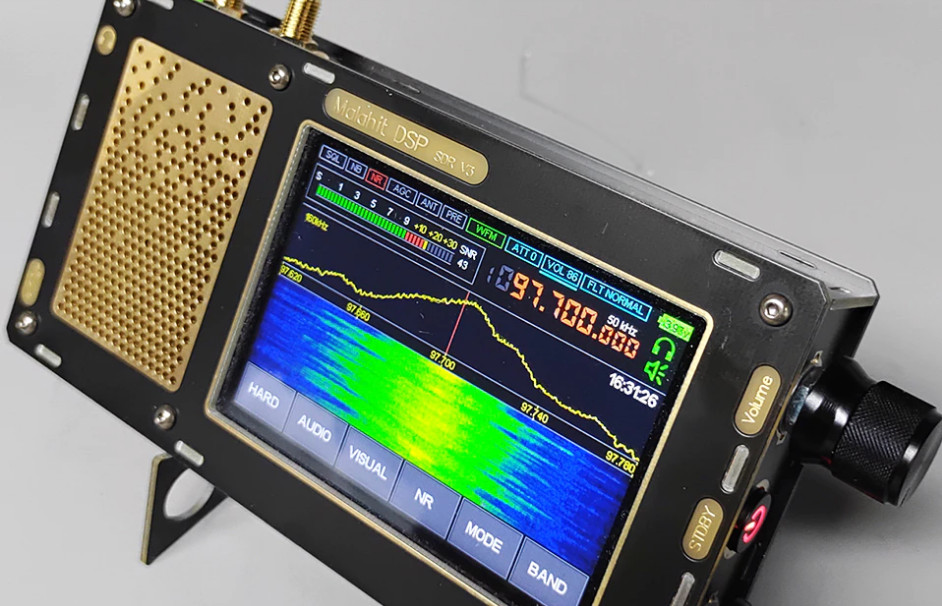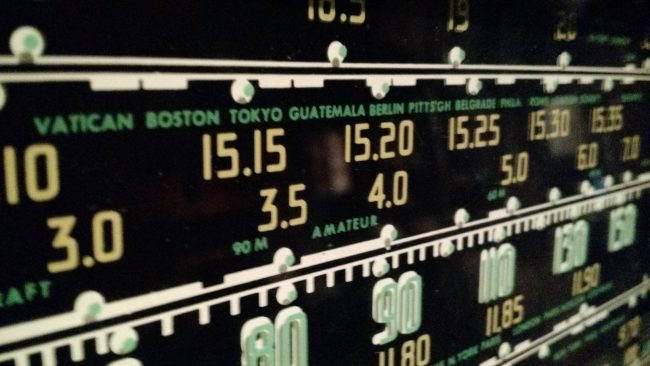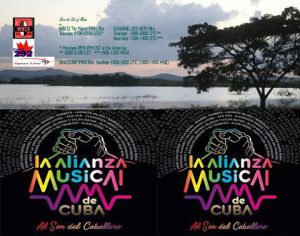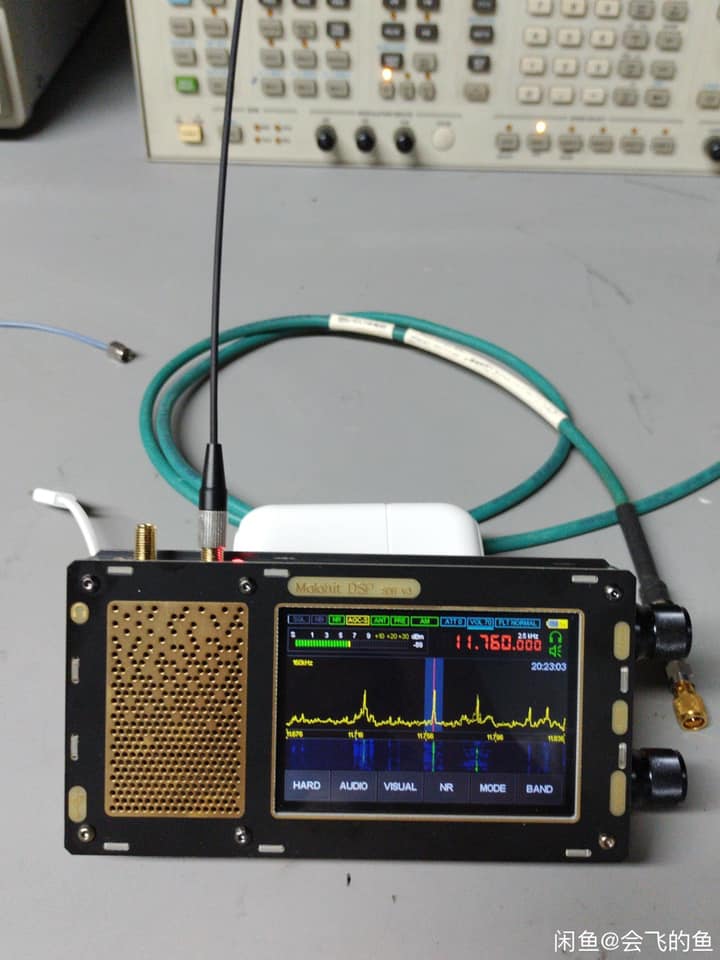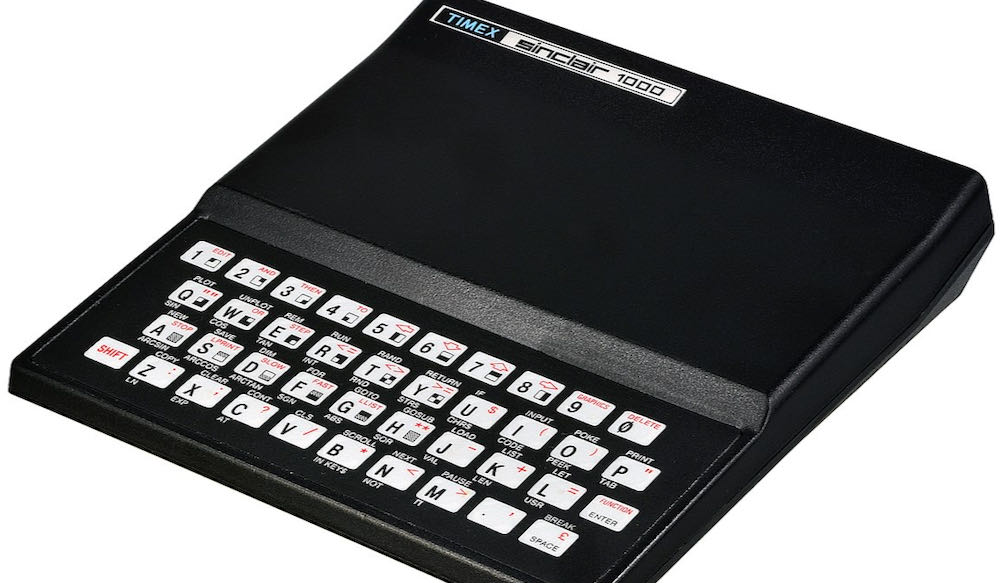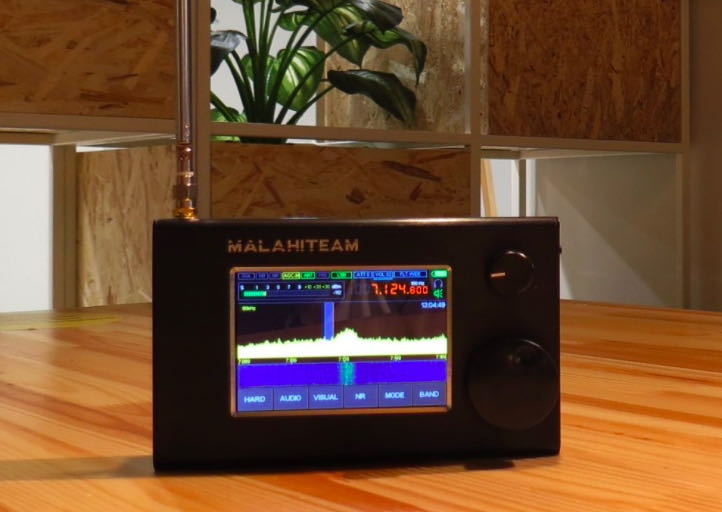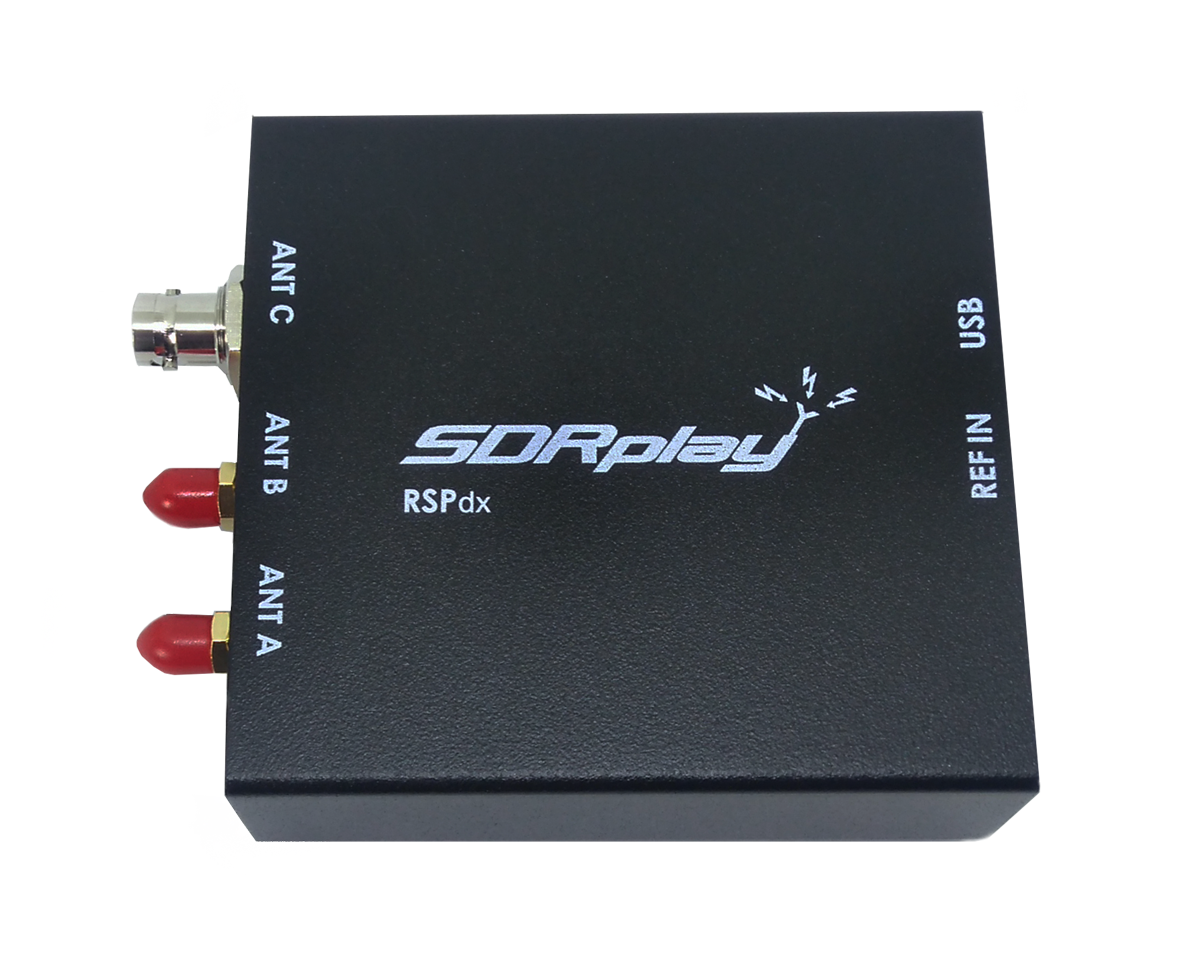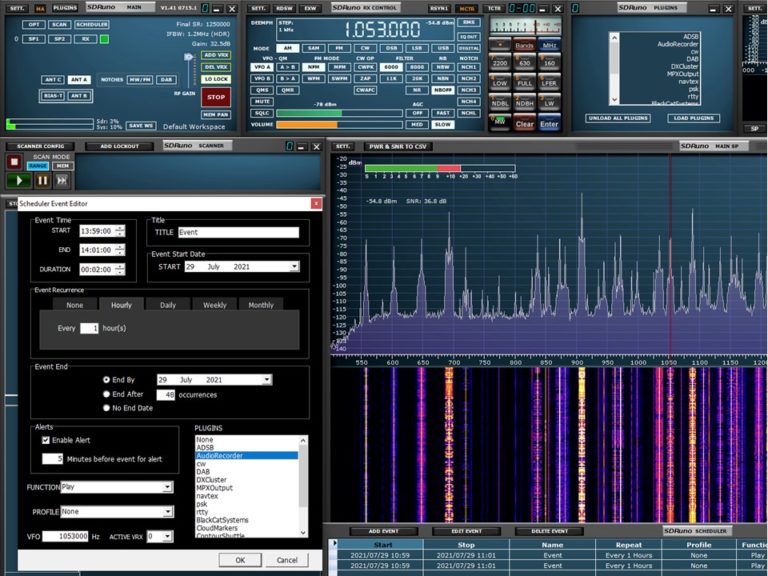Many thanks to SWLing Post contributor, Dan Robinson, for the following update to his previous post regard the DSP-2 and HFDY Malahit SDRs:
Malahit and HFDY Updates
by Dan Robinson
HFDY CLONE: As noted by a reader in comments, the Chinese-made HFDY leaves out a large portion of the military AIR band, with no coverage from 250MHz to 400MHz, or about 150MHz, whereas the Russian-made DSP2 only loses 20MHz from 380MHz to 400MHz. This may be of concern for some readers, others not.
RUSSIAN DSP-2: As users of the Russia-made DSP-2 may or may not have noticed, the current firmware shows SIX memory bank pages when there are only 5. This appears not to have been discussed much on the Malahiteam Telegram group or elsewhere. In response on this, Georgiy of Malahiteam says this “is normal and for our future features” so clearly there are future plans that we are not aware of.
CHINESE-MADE FIRE BROTHERS CLONE: On September 21st, I took delivery of another China-manufactured clone, with a heavy metal cabinet, a vertical format with controls on top, and twin front-firing speakers. Obtained via Alibaba, and branded as “Fire Brothers” this has a thick built-in telescopic antenna and a separate SMA jack which the maker describes as “[supporting] a better external shortwave antenna”
On Alibaba, prospective buyers of this receiver are given two options: Type 1: 50KHz-2GHz without firmware updates supported, and Type 2 with support for updates. The unit did arrive with 1.10c Malahit firmware with a 160 kHz bandscope width.
As noted above, this China-manufactured clone also blocks 200 mHz – 400 mHz and shows the Msi001 chip and STM32h743 and a claimed blocking figure of 85dB and sensitivity up to 250MHz of 0.3?V = 10dB. The battery is described as 5000 mAh and presumed to be flat type Lithium Ion.
The only thing included with this clone, which arrives in a plain black box marked “Fire Bros.Radio” is a USB-C cable. That’s in stark contrast with the HFDY clone which comes in a high quality fabric zipper case, flexible whip antenna, USB-C cable, and a small metal stand.
The Fire Brothers manufacturer highlights the “high quality speakers” which not only fire out the front of the receiver, but also wrap around with openings on left and right sides of the radio. My first tests show that audio is indeed quite nice, certainly equal to the Russia-made DSP-2, possibly an improvement on the HFDY clone which has a single front-firing speaker.
I’ll have more on this Chinese clone and some comparisons with the DSP-2, HFDY, and Afedri SDRs, in future articles here on SWLing Post.

